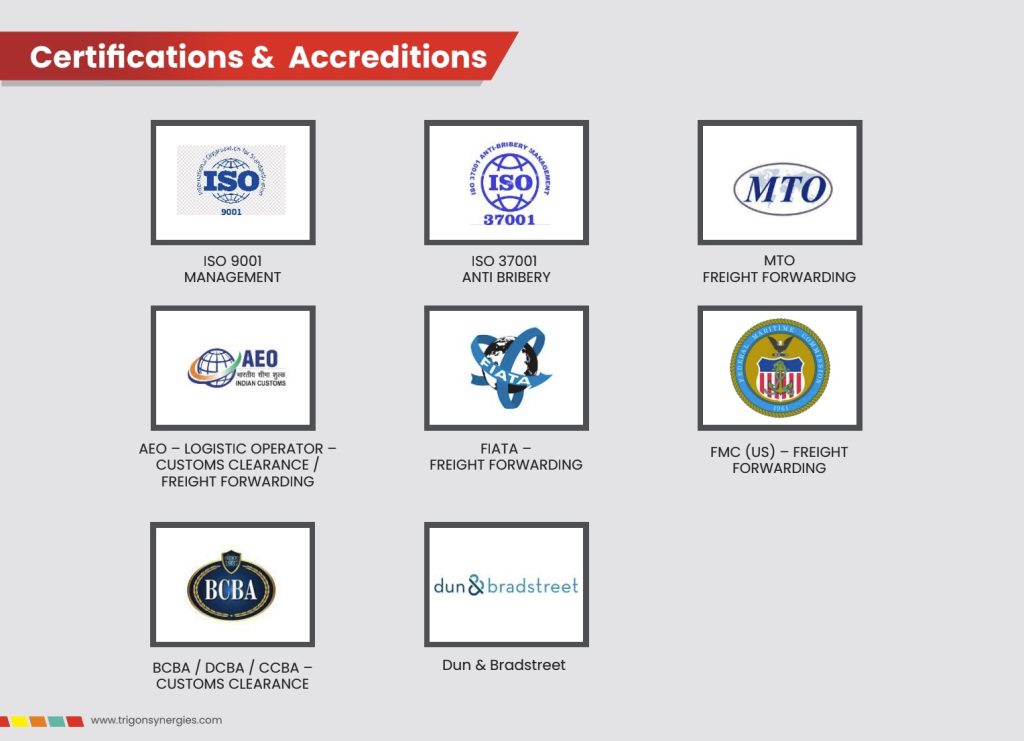In the world of international trade and shipping, the Bill of Lading plays a crucial role in documenting the movement of goods from one point to another. It is a contract, receipt, and title deed for the cargo being transported. Traditionally, the standard bill of lading has been the go-to document for centuries. However, with the evolving needs of the shipping industry, a new concept has emerged – the switch bill of lading. In this blog, we explore the switch bill of lading, its use cases and the impact it has had on cargo shipping.
Understanding the Traditional Bill of Lading:
Before delving into the switch bill of lading, it’s essential to understand the standard bill of lading. The bill of lading is an important legal document issued by the carrier or their agent to the shipper, acknowledging the receipt of goods and the contract of carriage. The bill of lading is used as proof of ownership, enabling the transfer of the cargo’s title from the shipper to the consignee upon delivery and outlines the terms and conditions of the shipment, including the description of goods, their quantity, and the intended destination.
Introducing the Switch Bill of Lading:
As global trade and logistics practices have become increasingly complex, the switch bill of lading has emerged as an alternative to the standard bill of lading. The switch bill of lading can only be issued against an original bill of lading and allows for the transfer of ownership or control of the goods to be switched or reassigned to a different party during transit or during any stage of the shipment. The rest of the switch bill of lading serves the same purpose as the original bill of lading by acting as a valid contract, listing details of goods and serving as evidence of receipt of goods by the transporter.
When is the Switch bill of lading most useful?
Benefits of the Switch Bill of Lading:
1) Flexibility in Logistics: The switch bill of lading brings newfound flexibility to cargo shipping. It allows for dynamic adjustments in routing, ensuring that goods reach their intended destinations more efficiently. This flexibility can be particularly useful in cases of unforeseen circumstances, such as port congestion, adverse weather conditions, or sudden changes in market demand. The ability to switch the bill of lading mid-transit enables shippers to respond swiftly and optimize their logistical operations.
2) Reduced Administrative Burden: Traditionally, altering the consignee or destination on a bill of lading involved complex administrative procedures and potential delays. The switch bill of lading simplifies this process by eliminating the need for physical endorsement or the issuance of a new document. This reduces administrative burdens, streamlines documentation, and saves valuable time in the supply chain.
3) Enhanced Security: The switch bill of lading offers improved security for cargo shipments. By enabling the transfer of ownership or control without the need for physical handling or endorsement, the risk of fraud and theft is significantly reduced. The electronic nature of the switch bill of lading also enhances traceability, making it easier to track the movement of goods throughout the supply chain.
Examples of Switch Bill of Lading Usage:
1) High Sea Sales: Switch bill of lading are highly useful when goods are resold en-route as a high sea sale and the discharge port must now be changed to another port.
2) Transshipment: When goods need to be transferred from one vessel to another at a transhipment hub, a switch bill of lading can be used. Instead of issuing a new bill of lading for the onward journey, the switch bill of lading allows for the seamless transfer of ownership or control to the new vessel
3) Split Shipments: In cases where a large consignment needs to be divided and delivered to multiple consignees in different locations, the switch bill of lading provides an efficient solution
4) Intermodal Transport: When goods are transported using multiple modes of transportation, such as a combination of road, rail, and sea, the switch bill of lading proves valuable. It allows for the transfer of ownership or control between carriers at each mode of transport without the need for physical endorsement, ensuring a smooth transition and efficient handling of the cargo
5) Hiding Confidential details: Switch bill of lading is highly effective in hiding confidential details
a. When the seller is a trading agent and wants to hide the name of the actual exporter from the buyer to prevent the buyer from striking a deal with the exporter directly
The seller does not want the buyer to know the actual country of origin of the cargo



